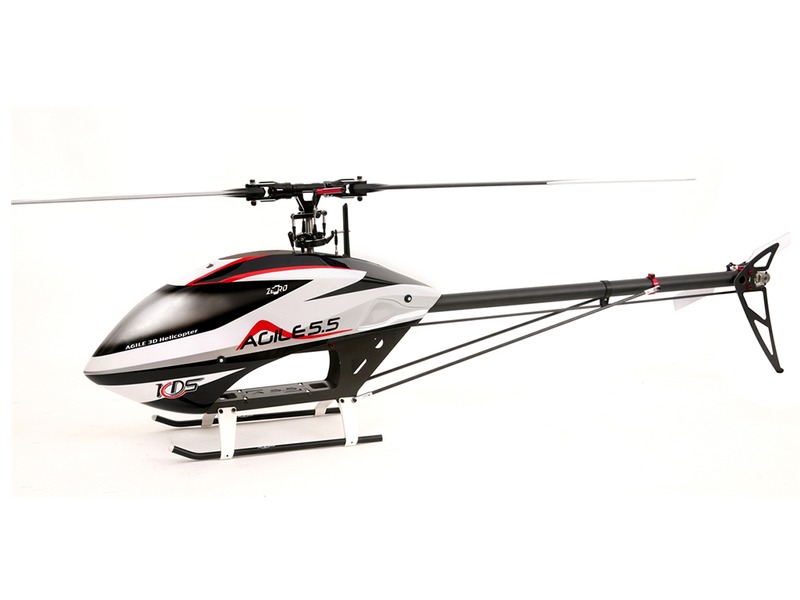Is turbulence worse in a helicopter?

Turbulence is a phenomenon that affects all aircraft, including helicopters. It is caused by a variety of factors, including wind shear, air temperature, and air pressure. Turbulence can cause a variety of problems for pilots, including loss of control, increased stress, and fatigue.
The answer to the question of whether turbulence is worse in a helicopter depends on several factors. First, the type of helicopter and its design can affect the amount of turbulence it experiences. For example, helicopters with larger rotor blades tend to experience more turbulence than those with smaller blades. Additionally, the type of terrain the helicopter is flying over can also affect the amount of turbulence it experiences. For example, flying over mountains or other rough terrain can cause more turbulence than flying over flat terrain.
In general, helicopters are more susceptible to turbulence than other aircraft due to their design. Helicopters have a large rotor system that is exposed to the air, which can cause turbulence. Additionally, helicopters are more maneuverable than other aircraft, which can cause them to experience more turbulence when they make sudden changes in direction.
The amount of turbulence a helicopter experiences also depends on the weather conditions. Turbulence is more likely to occur in areas with strong winds, such as near thunderstorms or in areas with high winds. Additionally, turbulence can be caused by air temperature changes, such as when flying through a cold front.
Finally, the pilot’s experience and skill level can also affect the amount of turbulence a helicopter experiences. Pilots who are more experienced and skilled at flying in turbulent conditions are better able to anticipate and avoid turbulence.
In conclusion, turbulence is worse in a helicopter than in other aircraft due to its design and maneuverability. Additionally, the weather conditions and the pilot’s experience and skill level can also affect the amount of turbulence a helicopter experiences. Therefore, it is important for pilots to be aware of the potential for turbulence and to take steps to minimize its effects.
Comments / Question
2. Monitor weather conditions and avoid thunderstorms, rain showers, and other areas of turbulence.
3. Use autopilot or flight director systems to maintain a steady course.
4. Avoid flying over mountains and other areas of high terrain.
5. Keep a close eye on the instruments to detect any changes in airspeed or altitude.
6. Use the collective pitch to adjust the rotor speed and reduce the helicopter's susceptibility to turbulence.
7. Reduce the helicopter's airspeed and increase the altitude to reduce the effects of turbulence.
8. Increase the distance between the helicopter and other aircraft to reduce the risk of turbulence.
9. Use a route that avoids areas of known turbulence, such as jet streams.
10. Utilize a vertical speed indicator to help maintain a consistent altitude.
2. Avoid flying in areas with high wind speeds. High wind speeds can create turbulence, so it’s best to avoid flying in areas with strong winds.
3. Fly at the right altitude. Turbulence is usually more severe at lower altitudes, so try to fly at a higher altitude if possible.
4. Fly around thunderstorms. Thunderstorms can create strong turbulence, so it’s best to avoid flying through them.
5. Use autopilot. Autopilot can help you maintain a steady course and altitude, which can help reduce the effects of turbulence.
2. Temperature: Temperature differences between air masses can cause turbulence.
3. Terrain: Flying over mountains, hills, or other uneven terrain can cause turbulence.
4. Atmospheric pressure: Changes in atmospheric pressure can cause turbulence.
5. Jet streams: Jet streams can cause turbulence when they interact with the airframe of the helicopter.
6. Weather fronts: Weather fronts can cause turbulence when they interact with the airframe of the helicopter.
7. Aircraft wake: Flying in the wake of another aircraft can cause turbulence.
8. Rotor wash: The downwash from the rotor blades can cause turbulence.

